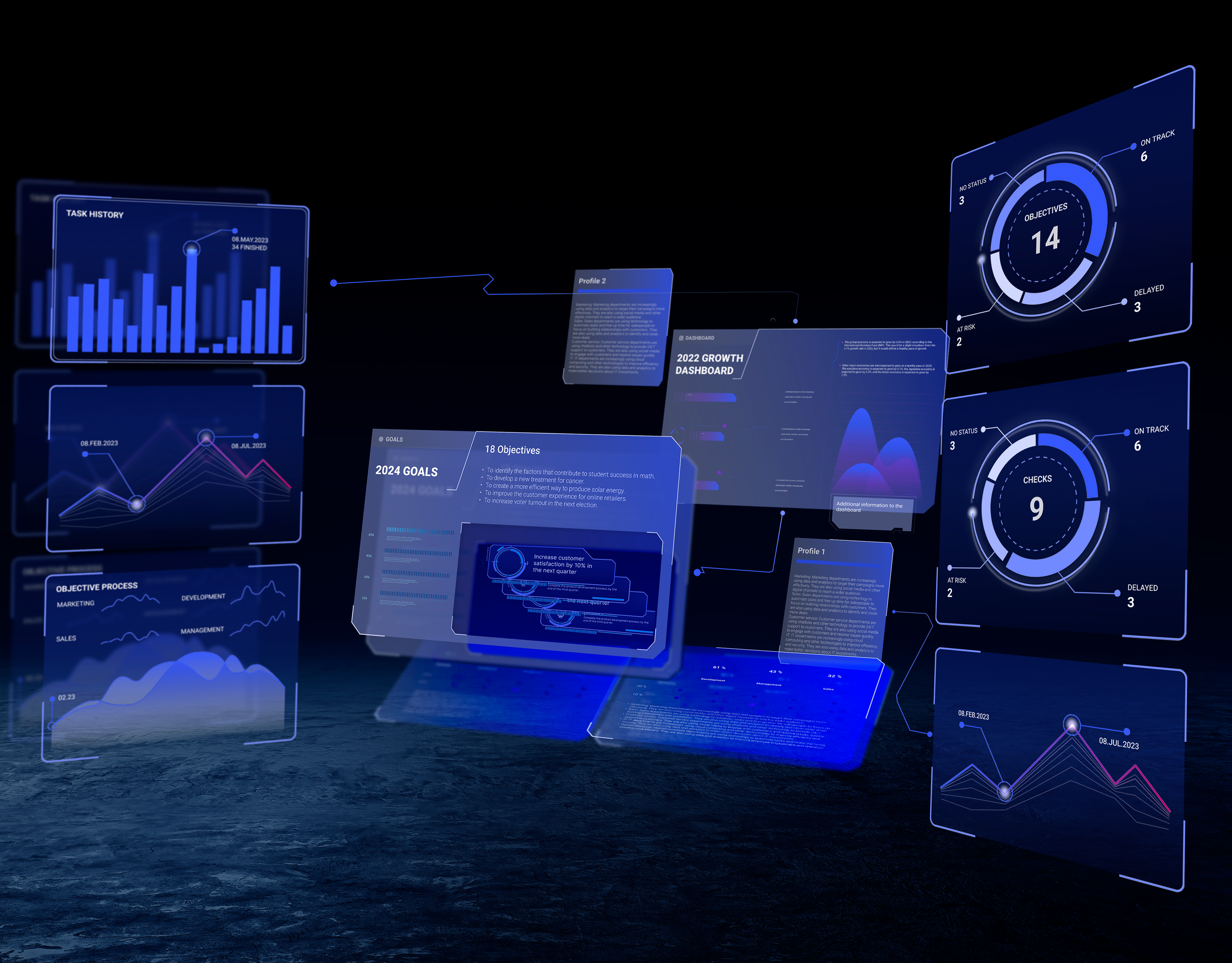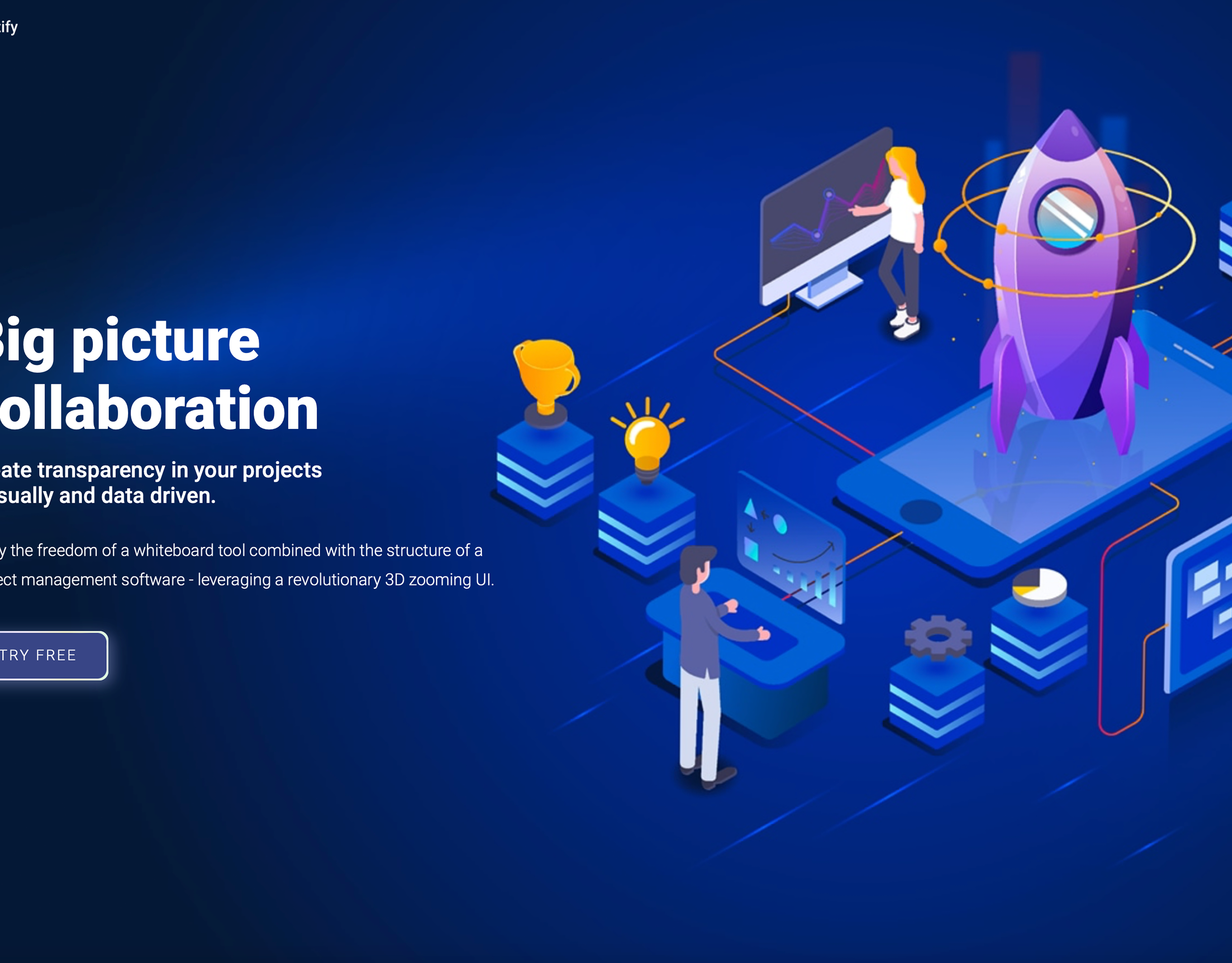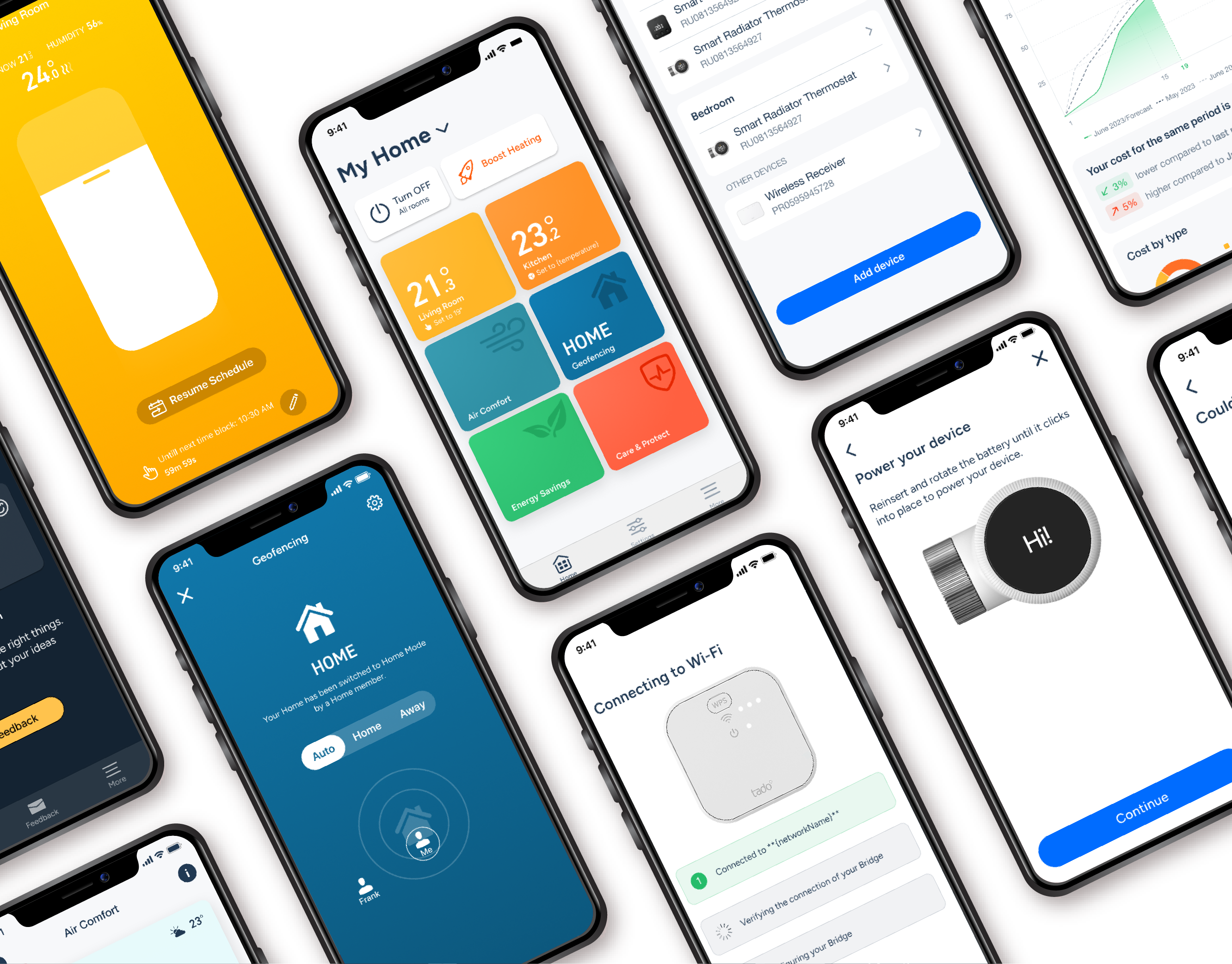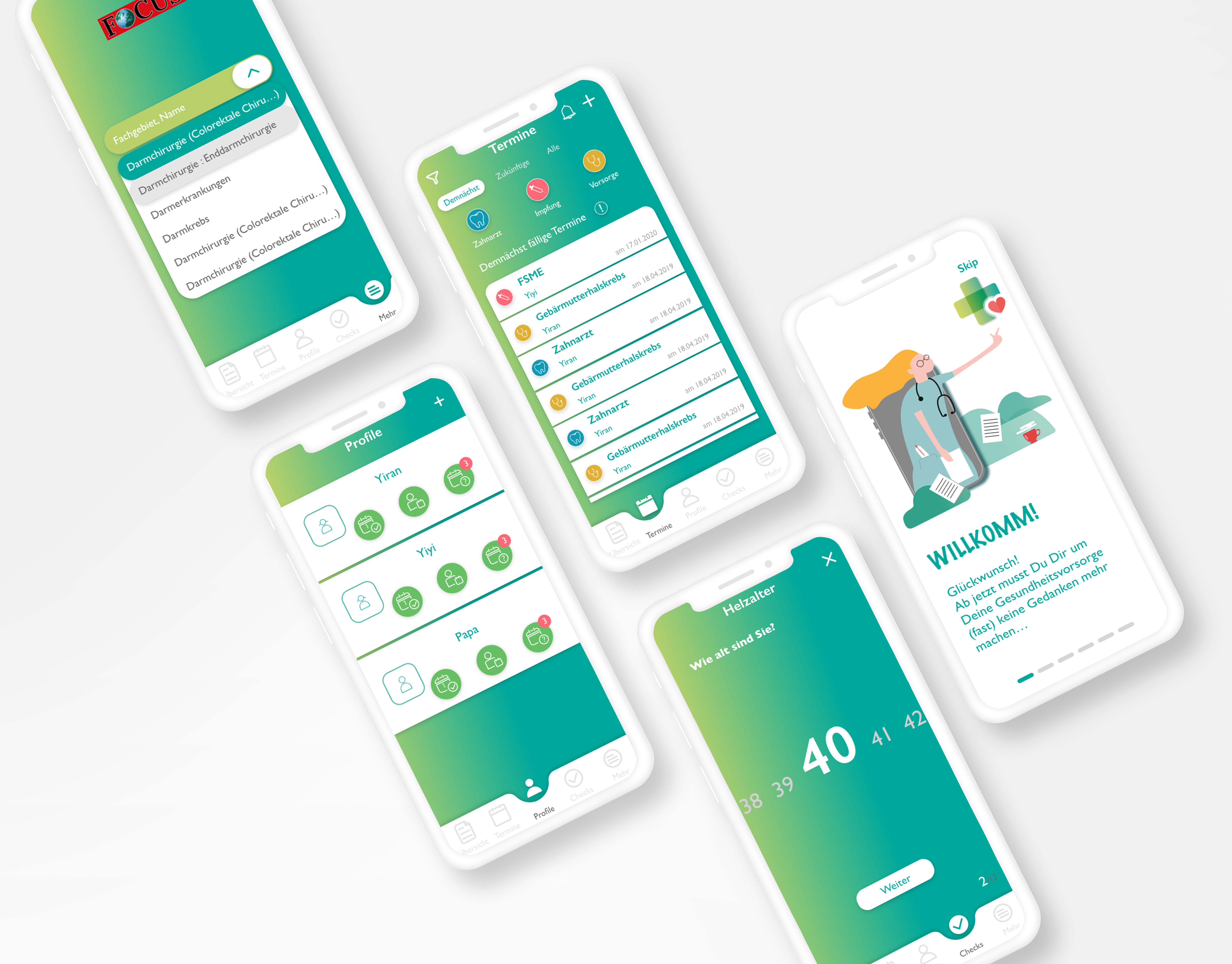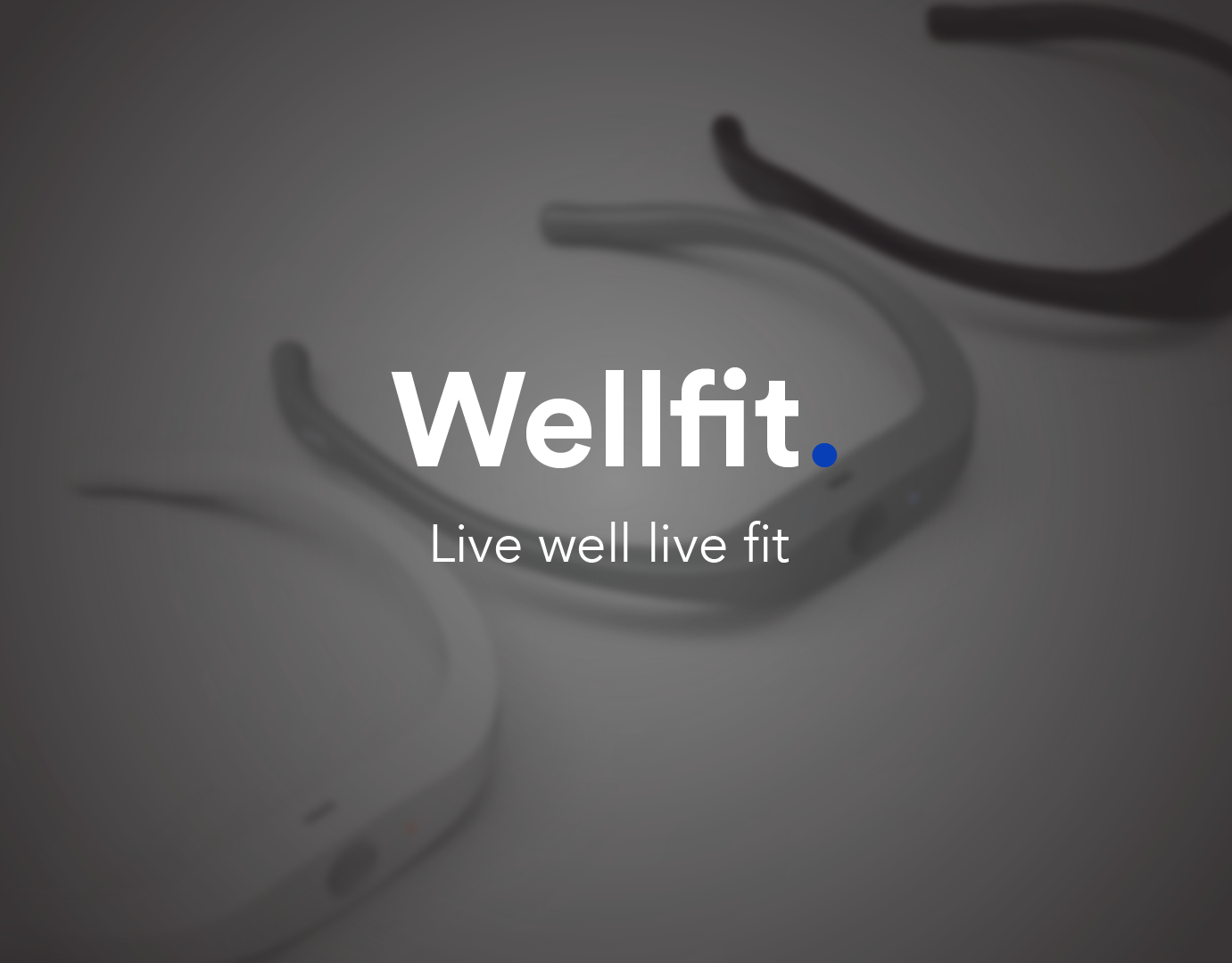Part of the observation documents
Part of the observation documents
User journey in the clinic from the observation and research
User journey in the clinic from the observation and research
How we filtered the 170 needs down to 6 needs
Part of the filtering process: how we filter and narrow down the problems and needs
Interview questions
6 Needs
Me writing down the criteria for filtering secondary needs
Secondary needs filtering
Patient journey for the case of brain tumor diagnosis and its problems
Concept 1
Concept 2
Market potential
Competitors
Possible noticeable symptoms for multiple sclerosis
Patient journey for MS patient in clinic
Change the current solution to the quantitive objective tests
Concept 1
Concept 2
Market potential
Competitors
Sketch concept of MS visual test device
Sketch concept of the brain tumor measuring breathalyzer
First design concept statement
How did we get there
Physical products
Competitors
Business model
Visual example of low contrast, visual acuity, color vision, visual field, and depth perception
Eye tests VR program
Different screens and tests design for the VR demonstration
Different screens and tests design for the VR demonstration
3D model for the VR visual test background. The form is based on the nigh in the forest
The demonstration screens of the low contrast test
The demonstration screens of the low contrast test
The demonstration screens of the low contrast test
Business plan
Calculation of insurance costs
Concept presentation video
Flyer design
Flyer design
Flyer design
Website design on different devices
